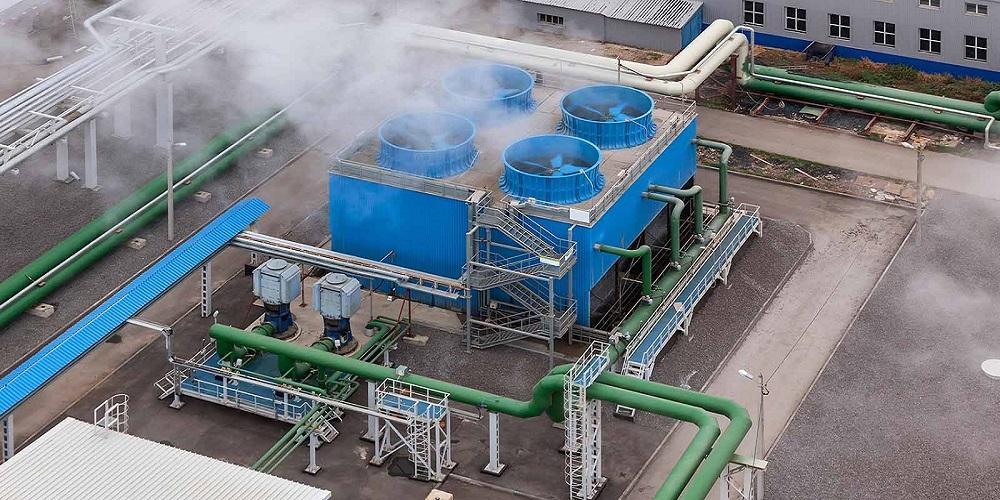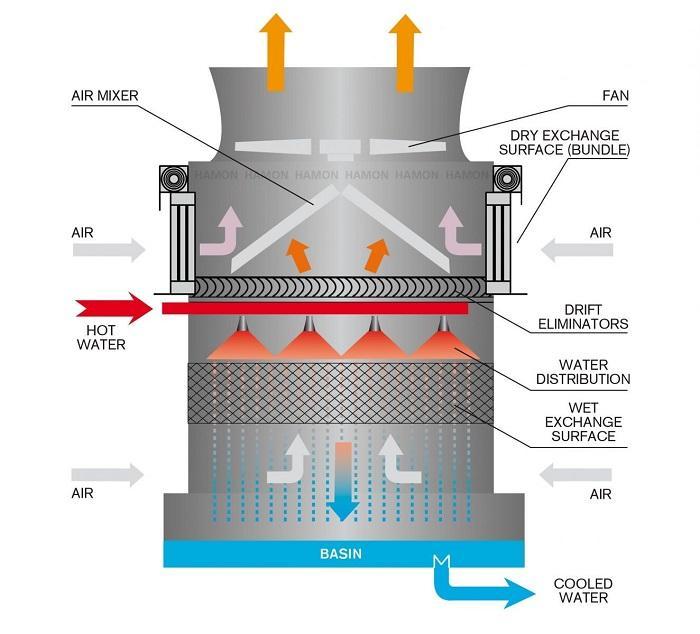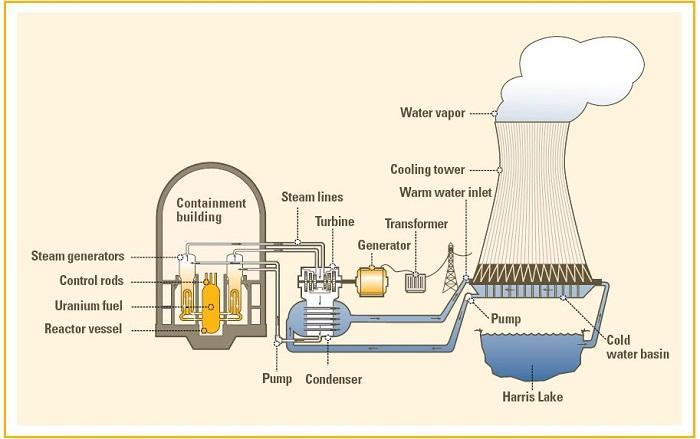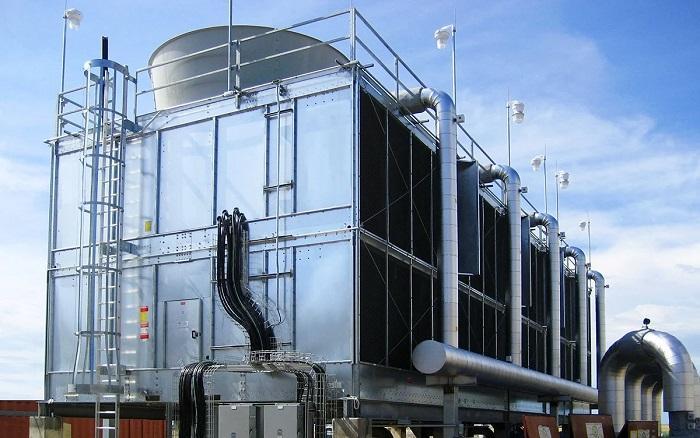You may have noticed some large boxes on the roof of most high commercial buildings or even around industrial or power stations. These large boxes are cooling towers which are used to reject the heat from the building. Linquip has gathered some information about what a cooling tower is, how it works, how many types there are and what specifications each one of cooling towers has. In this short article we are about to answer the question “what is a cooling tower used for?” In this article, we want to make it clear what reasons there are for using a cooling tower in commercial buildings or industrial sites. Read on to know what exactly a cooling tower used for and to what purposes it is applied.
What Is the role of a Cooling Tower in a Cooling System?
First of all, let’s see in response to what need the cooling tower is designed. A cooling tower is designed to reject the unwanted heat from a building, facility or any heat-releasing process inside stations such as power or nuclear stations. The heat rejection is accomplished in two ways: some cooling towers are known as open or wet cooling towers.
In this type of cooling towers, the heat rejection is done by spraying water to the tower to soak the inside of the tower to cause evaporation and finally, heat loss. The other type of cooling towers is closed or dry cooling tower. In this type the water of condenser is not sprayed but the water remains in a sealed pipe and unlike the wet or open type, it cannot leave the system and it is why this type is called closed.
The heat of the warm water received from the condenser is about 32 to 35°C. The temperature of the water should be around 27 – 25°C so that it can be returned back to the chiller to gain more heat from the system. This is just a simplified definition of what a cooling tower does. But the main question is “what is a cooling tower used for?” which is answered and explained in the following section.
What Is a Cooling Tower Used for?
Maybe you thought that cooling towers can only be found on a city building, but they can be found on the roof of any buildings everywhere and even next to the building as a non-integrated unit of a huge cooling system. Basically, a cooling tower is used to bring the temperature of water down. It is a huge heat exchanger, receiving warm water from the condenser of the chiller which is typically located at a lower level, like in a basement, removing heat from it and expelling the heat into the atmosphere and returning colder water to the chiller to absorb more heat from the whole system.
More precisely, as the warm water goes into the cooling tower, it is passed through some nozzles. These nozzles let the water be sprayed into small droplets across the fill. Through this process, the increased surface area of water allows for better heat loss via greater evaporation. But what are the fans on top of the cooling tower? The job these fans are used for is to bring ambient air into the tower and make a airflow in the opposite direction of the warm condenser water of the top of the unit. the airflow will move the heat through evaporating water of the cooling tower into the atmosphere. The heat that gets removed from the water and expelled into the atmosphere is all the unwanted heat from the building.
So, now it is almost clear for you “what is a cooling tower used for?” some of the heat rejection is done by the water inside the chiller. But what if the condenser water gets warm too? Here is where a cooling tower starts to work to reject the heat from what (condenser water) is supposed to remove the heat from the refrigerant.
In the cooling process of a cooling tower, a lot of water is consumed. The more water is consumed, the more money is spent on the whole process. To keep costs and water consumption down, drift eliminators are used in cooling towers. These drift eliminators are located on the top of the fill packaging and spray nozzles below the fan. Some of the water moisture which is pushed put of the air by the drift eliminators, runs back into the fill for further cooling and eventually will gather in the basin of the cooling tower to go back to the chiller. Once it returns to the chiller it will absorb heat and the cycle will begin again.
Conclusion
What you read in this article was an answer to the question “what Is a cooling tower used for?” By reading this article and other articles we provided you in Linquip you can make a decision on “do you need a cooling tower?” and if yes, which one meets your need at best. It is vital to understand what a cooling tower is used for and for what purposes it is applied. We want you to know that if there are still some ambiguities for you on this topic, you can share your questions with our experts. All you need to do is to sign up now and our experts are ready to answer your questions and give you advice. Moreover, if you have any experiences of using any type of cooling towers, or have opinions on this topic, you can share them with us in the comments. Hope you enjoyed reading this article.
Buy Equipment or Ask for a Service
By using Linquip RFQ Service, you can expect to receive quotations from various suppliers across multiple industries and regions.
Click Here to Request a Quotation From Suppliers and Service Providers
Read More In Linquip







I like how you said that in lowering water consumption, drift eliminators are used in the process; it is located on the top of the fill packaging and sprinkled nozzles below the fan.
My dad wanted to retract the undesirable warmness from at home; I’m glad I came across this article and read what a cooling tower can do.
I will share this with my dad and see how this can help them decide who and when to hire a colling tower company for the matter.
Thanks for sharing your valuable experience with us, Bella! You are also encouraged to visit the Linquip website, where you can find numerous industrial companies, equipment, and experts based on your demand and application.
Thanks For give simplest definition of cooling tower. Really liked your Blog
Thanks for visiting our website and leaving your comment, Shweta! We hope to hear from you again in our other posts.